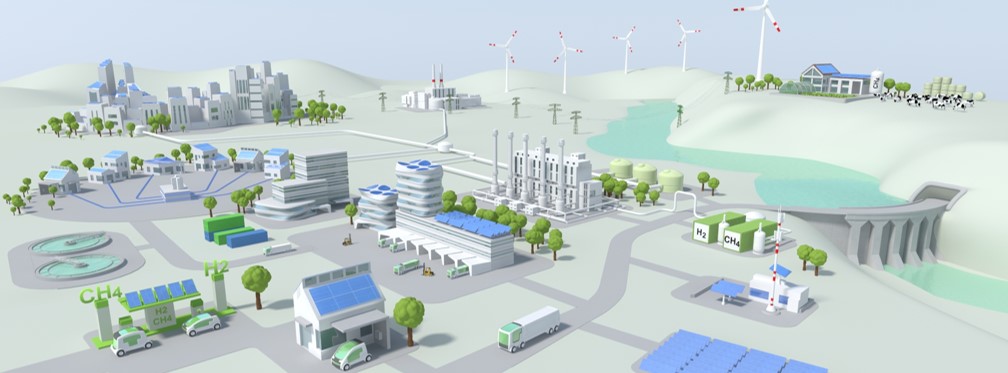The increasing trend towards equipping buildings with active room cooling technology is expected to continue due to the warming climate and thus potentially place additional strain on the electricity grid. In our latest article, Rudolf Kapeller, Simon Moser, Johannes Reichl (Energieinstitut an der JKU Linz), Marianne Bügelmayer-Blaschek, Barbara Herndler, Thomas Natiesta, Roman Schwalbe (AIT Austrian Institute of Technology), Lukas Kranzl (Vienna University of Technology), and Andreas Mueller (e-think) present interesting results on how an increased demand for electricity triggered by additional cooling requirements could affect the electricity grids.
Overview: This study uses data from current climate models, real household load profiles, building stock models and dynamic building simulations. The article presents realistic scenarios for the development of cooling energy demand in Austria up to 2050 and analyses the overall impact of different cooling options on the electricity grid.
Results: The future cooling demand will cause an additional energy demand of 6-28 terawatt hours per year in Austria, but is only expected to lead to overloads or voltage violations for a few grid types within the time periods analysed here.
Conclusion: Two thirds of the future cooling demand in Austria could be reduced by passive measures. Electromobility and photovoltaics will be the main drivers for the expansion of the electricity grid in the future, not cooling.
For even more results and details: Our open access article is freely available at the following link: https://www.sciencedirect.com/science/article/pii/S2352484723011046



